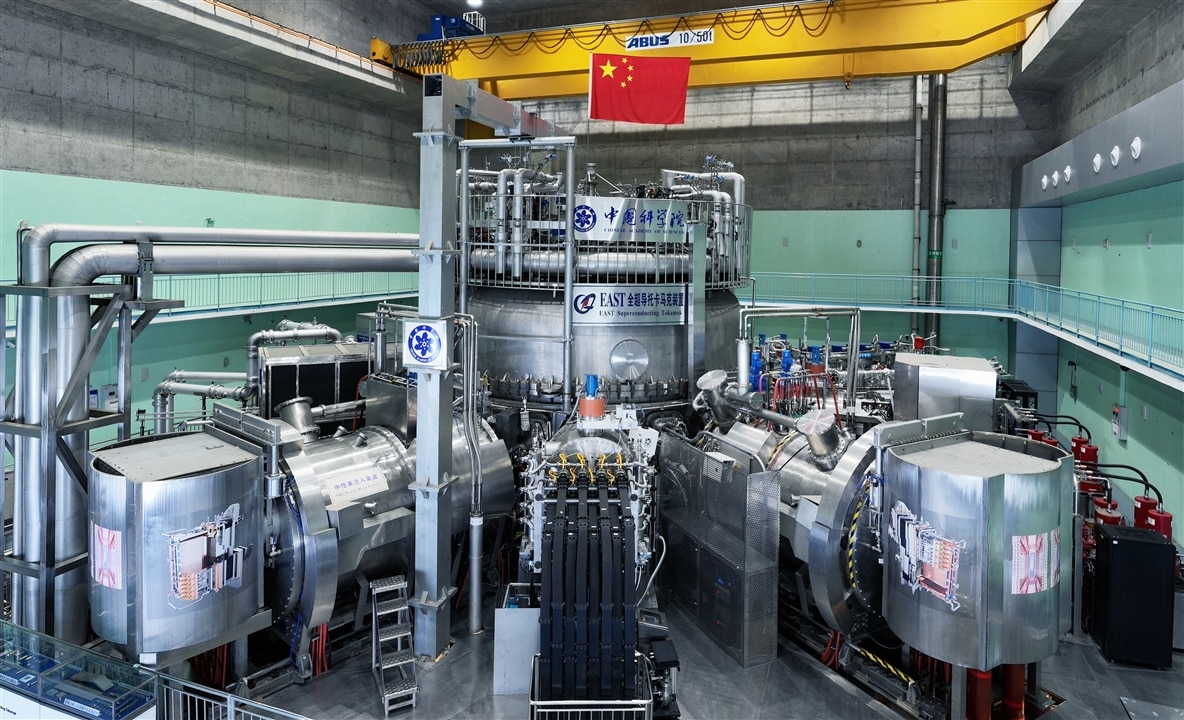
China's EAST fusion reactor achieved a steady state high-confinement plasma operation for 1,066 seconds. (Image Credit: HFIPS)
Humanity is inching closer to an artificial sun, unlocking breakthroughs along the way. For the first time, researchers working on the Experimental Advanced Superconducting Tokamak (EAST) in China kept the fusion drive operational for 1,066 seconds. This breaks the previous world record of 403 seconds---achieved by EAST in 2023. The team is from the Institute of Plasma Physics (ASIPP) and the Hefei Institutes of Physical Science (HFIPS).
"A fusion device must achieve stable operation at high efficiency for thousands of seconds to enable the self-sustaining circulation of plasma, which is critical for the continuous power generation of future fusion plants," nuclear physicist Song Yuntao from the Institute of Plasma Physics at the Chinese Academy of Sciences said.
China didn't say much about how it managed to keep it running for 18 minutes. However, the researchers claim that recent innovations enabled the heating system to double its original power. This means it can match the same amount of power as 140,000 microwave ovens being turned on simultaneously.
The team also boosted the core plasma temperature and stability ever since the machine was first turned on. It uses high-confinement plasma to contain the gas. Tokamak reactors use magnetic fields to trap and heat plasma at extremely high temperatures, resulting in nuclear fusion reactions that release massive amounts of energy.
Since operations began in 2006, EAST has been used as an open testing platform for Chinese and international scientists to perform fusion experiments and research.
"We hope to expand international collaboration via EAST and bring fusion energy into practical use for humanity," said SONG.
There's still a lot of work that needs to be done before a fully operational nuclear fusion reactor connects to electrical grids. Progress and advancements are a welcoming sign of eventually making this technology a viable power source.
The ITER (International Thermonuclear Experimental Reactor) in southern France faced some developmental delays. Despite that, it's still poised to be the largest fusion reactor that could break more records.
Have a story tip? Message me at: http://twitter.com/Cabe_Atwell
